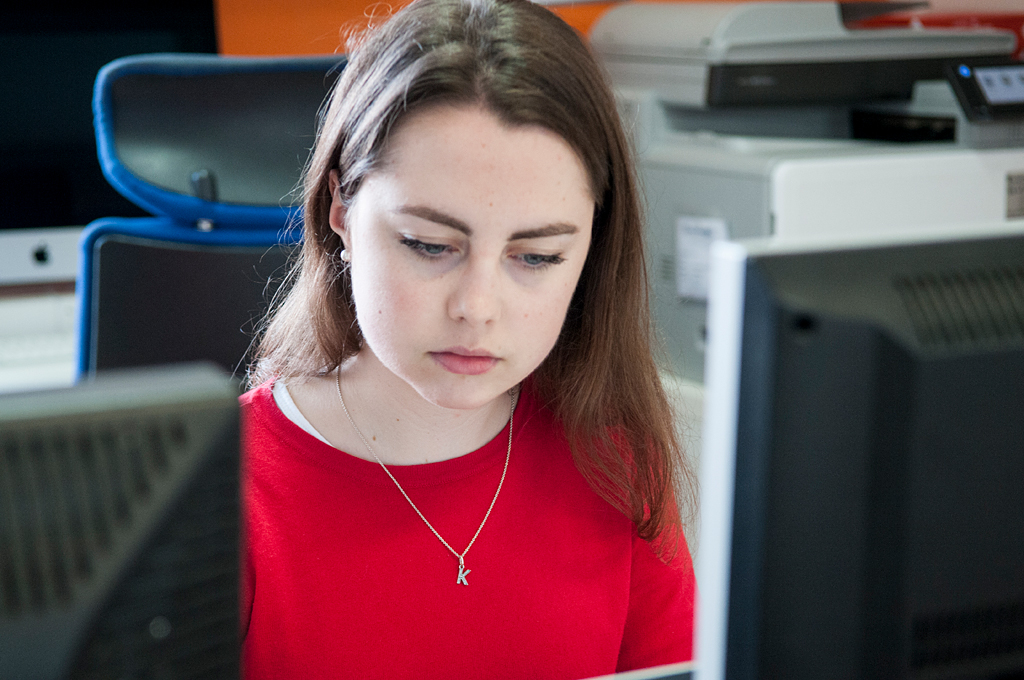Learn Whilst Playing: Some Ideas for Teaching Spanish to Children
Hi everyone, I'm Ilaria and I've spent almost 3 years working as an English teacher in a school in the Basque Country. During these years, I have taught children of different age groups, teenagers and adults, and the truth is that I love having the chance to teach such a variety of classes on the same day.
I have always had a huge passion for children and I would love to be able to give Spanish classes to children after this course. When I say children, I mean between the ages of 5 and 10. It's obvious that there are huge differences between preparing classes for 5 year olds and 10 year olds, and I feel very lucky to be able to have taught classes to all these different ages.
From the start of my teaching career, I realised that children (as well as teenagers and adults) learn quicker and are more motivated to learn when playing games. I always try to create fun activities that resemble games as best as possible, so that they learn without realising.
In this blog I would like to share some of my experience by suggesting some activities that I do in the classes with my students and which I think you could easily use in a Spanish class.
Both activities that I’m going to suggest can be used to learn and revise a grammar point, which especially in Spanish is based on memory: verbs.
The first activity involves creating a puzzle, in which the pieces are subject pronouns and the conjugated verbs. For example, if we want to learn the verb 'ser', one piece will have the pronoun 'YO' and the other will have the verb conjugation 'SOY', and then it continues with the whole conjugation. After having worked on the verb conjugation 'ser' with the class, each child is given the mixed puzzle pieces and has to find the correct pairs to solve the puzzle with all the subject pronouns. By doing this activity and creating mini-competitions between the children to see who manages to do it first, bit by bit the verb conjugation is consolidated. Giving the children their own copy of the puzzle for them to solve at home also has very positive results.
To do the second activity, we need a whiteboard and flyswatter (I created one using coloured pieces of card). The teacher writes randomly all over the board the conjugation of a verb (soy, eres, es…), without the subject pronoun. One of the children then goes up to the board with the flyswatter and the teacher starts saying the subject pronouns (in order –yo, -tú, -él, or randomly) and the student has to find then hit with the flyswatter the right conjugation as fast as possible (teacher says 'YO', child hits 'soy'). Then another student comes up to the front of the class and times how long it takes each child to complete the conjugation. Whilst one child is playing, you can ask the others to keep an eye out for any mistakes, to take time and write them down.
My students find these activities really fun and motivating because they allow you to repeat over and over again the verb conjugations in an entertaining and interactive way.



 English
English Español
Español Deutsch
Deutsch Français
Français Italiano
Italiano Ру́сский
Ру́сский 

